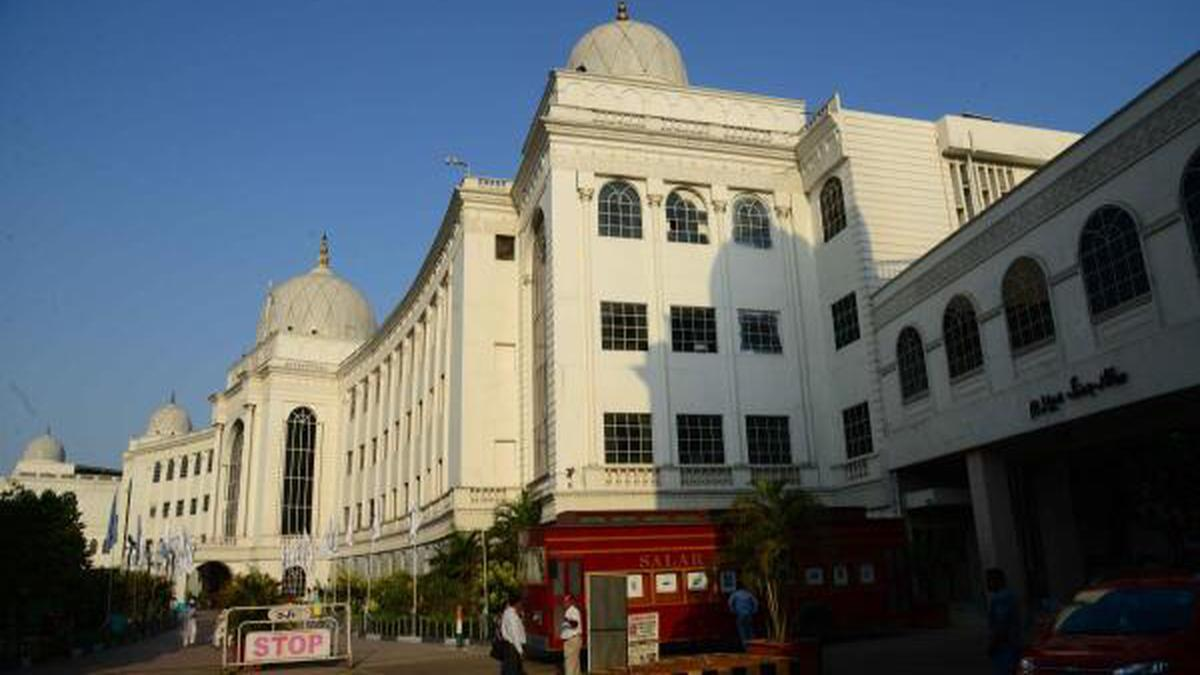Free Courses Sale ends Soon, Get It Now


Free Courses Sale ends Soon, Get It Now



Disclaimer: Copyright infringement not intended.
Context
Other Details
Must read Article:
https://www.iasgyan.in/daily-current-affairs/agra-fort-1
3D Scanning
JATAN virtual museum builder software
Salar Jung Museum Hyderabad
The Allahabad Museum, Prayagraj
The Indian Museum, Kolkata
The Victoria Memorial Hall
The National Museum of India
National Gallery of Modern Art
|
PRACTICE QUESTION Museums of India reflect the art and architecture of Indian subcontinent. They also immensely contribute to the promotion of modern art and preservation of history. Justify with special reference to JATAN. |
© 2024 iasgyan. All right reserved